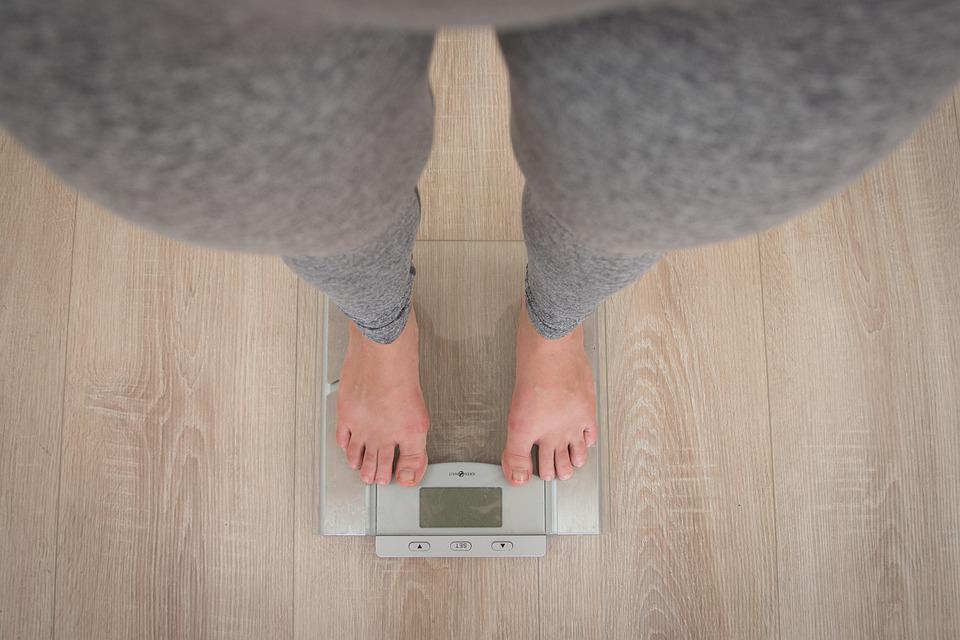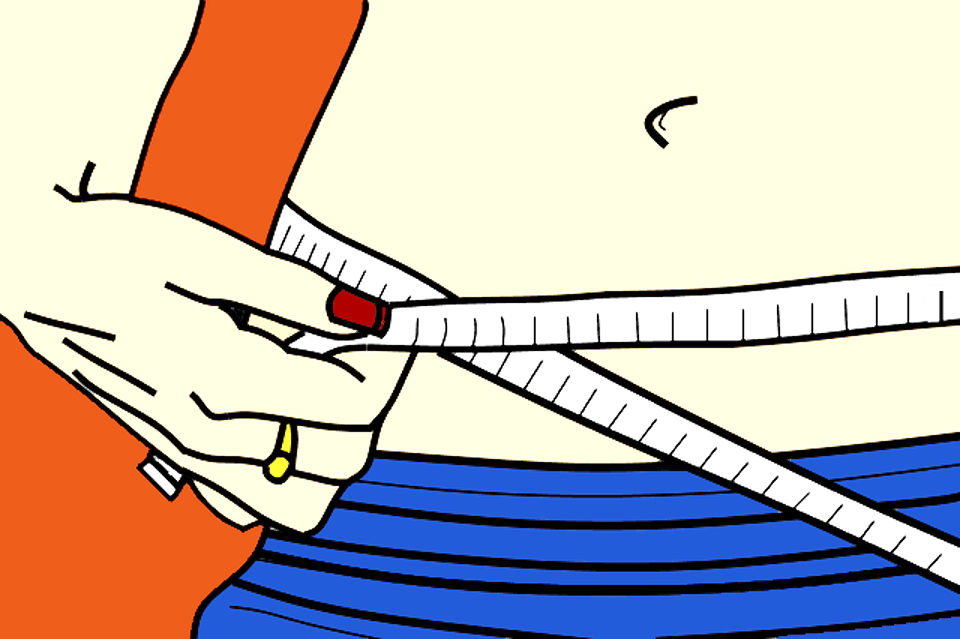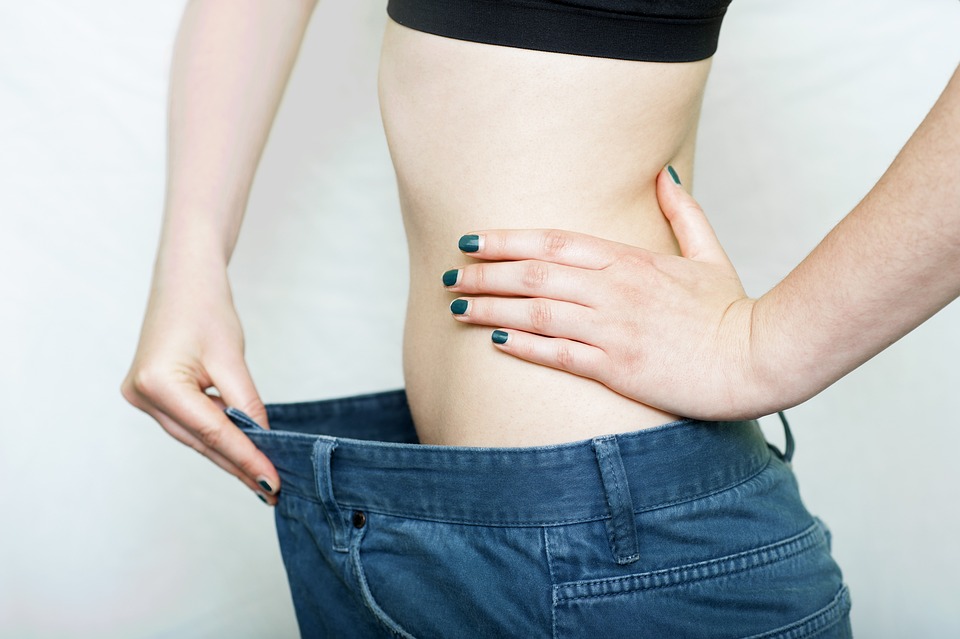
If you want lasting results, you need to find one you can stick with long-term.” Not all low-carb diets are the same. If you want to see lasting results, you need to find one you can stick with for the long haul. This text provides information on different types of low-carb diets, their benefits, and how to choose one that best suits an individual.
What Is Considered a Low-Carb Diet?
A low-carb diet is a diet that limits the amount of carbohydrates you eat. This diet is often used to improve overall health and support weight loss. A low-carb diet can be either high-fat or high-protein, depending on the focus, and can vary in the amount of carbs recommended.
Low-carb diets can be divided into three types:
- Liberal: 100–150 grams of carbs per day. Liberal carb consumption is best for weight maintenance, people who exercise regularly or are sensitive to carb restriction. The Eco-Atkins and Zone Diet are good examples of liberal low-carb diets.
- Moderate: 50–100 grams of carbohydrates per day. Moderate carb consumption helps people lose weight at a gradual rate while controlling blood glucose levels. The Atkins 40 diet is a prime example.
- Strict: 0–50 grams of carbs per day. Strict carb consumption is ideal for people who want to lose weight quickly and enter ketosis to use ketones as energy instead of glucose. The ketogenic and Atkins 20 diets are good examples.
5 Risks of Eating Too Many Carbs
Carbohydrates are broken down into glucose by your body, which then becomes the primary source of energy for your cells. When you eat food with carbohydrates, like a banana or a sandwich, the glucose from the carbs is absorbed into your bloodstream.
Next, your pancreas produces insulin. Insulin regulates your carbohydrate, fat, and protein metabolism. If you eat too many carbohydrates, it can cause problems with the balance between insulin and glucose, which could lead to some serious health problems.
1. Insulin Resistance and Type 2 Diabetes
Insulin resistance is a condition where your cells don’t respond well to insulin and can’t properly absorb the glucose that insulin carries into your bloodstream. Because you have not eaten for a while, your body needs to make up for it by producing more insulin. This eventually leads to insulin resistance, a precursor to type 2 diabetes. If blood sugar and insulin levels are constantly high, it can lead to insulin resistance, which is a precursor to type 2 diabetes.
One of the things that can lead to type 2 diabetes, gestational diabetes, and prediabetes is insulin resistance. insulin resistance is often closely related to obesity, although you can have insulin resistance without being overweight.
2. Non-Alcoholic Fatty Liver Disease
A resistance to insulin is also a contributing factor to non-alcoholic fatty liver disease. Since insulin regulates the metabolism of fat, carbs, and protein, it naturally leads to fat production.
If you consume carbohydrates, your liver transforms any leftover glucose into fat. If you have an excess of fat in your liver, you may develop non-alcoholic fatty liver disease, the most common chronic liver disease in both adults and children in the United States.
3. Weight Gain
Several studies have found that low-carbohydrate diets are more effective for weight loss than low-fat diets. Even when people eat a lot of fat, they don’t always gain weight. A high-fat, low-carbohydrate diet helps you lose weight by reducing visceral fat around the abdomen.
#4: Cardiovascular Disease
When your diet consists of a lot of carbohydrates, your body becomes less sensitive to insulin. This condition is known as insulin resistance and it can be harmful to your heart health. If you have insulin resistance, you are more likely to develop cardiovascular diseases, including high blood pressure, congestive heart failure, heart attack, and stroke.
5. Energy Crashes
Foods that are high in carbs can cause blood sugar levels to spike and can lead to energy crashes. One study found that those who ate a meal with a lot of sugar had increased blood sugar and insulin levels, which caused them to fall asleep faster than those who ate a meal with less sugar.
Health Benefits of a Low-Carb Diet
1. Rapid Weight Loss
A study has found that a low-carbohydrate diet can lead to rapid weight loss and is recommended for people who are obese or have high cholesterol.
A low-carb diet can help you lose weight by reducing your cravings, modifying your food preferences, and decreasing your hunger. If you want to reduce cravings, increase satiety, and feel fuller and longer, try eating a low-carb diet with 20 or fewer grams of carbs per day.
2. Enhanced Exercise Performance
Following a low-carbohydrate diet for five to six days and then eating more carbohydrates for one day has been shown to improve athletic performance. Athletes who ate a low-carb diet performed better than those who didn’t and burned more fat. However, they also depleted their glycogen stores, which are necessary for muscle health and growth. These athletes also had increased endurance and were better at burning fat.
3. Improved Mental Clarity
The energy molecules that fat creates in your body are called ketones. Fat can improve cognitive performance in ways that glucose cannot. When your body uses ketones from fat as fuel, your brain performance improves because there is less glutamate in your brain. Glutamate is a neurotransmitter that can cause neuron damage and death in excess amounts. Ketones effectively flush them out of your brain.
4. Disease Prevention and Treatment
A low-carbohydrate diet may help to prevent or treat a number of medical conditions. The keto diet has been shown to lower the risk of heart disease, type 2 diabetes, epilepsy, Alzheimer’s, and cancer in several studies. The benefits of meditation have also been shown to extend to physical health, as it has been shown to greatly reduce inflammation, a known cause of many diseases.
What You Can Eat on a Low-Carb Diet
There are a few foods that you are not allowed to consume if you are on a low-carb diet; however, this is a generic list of what you are able to eat while following this type of diet. You will be eating meat, eggs, vegetables, nuts, seeds, and some dairy products.
- Red meat, including grass-fed beef, venison, pork, lamb, deer, organ meats, and bone broth
- Poultry, including chicken, turkey, duck, and eggs
- Seafood, including salmon, halibut, cod, trout, sardines, shrimp, and flounder
- Dairy, including soft and hard cheeses, butter, milk, yogurt, kefir, and sour cream
- Fats and oils, including coconut oil, avocado oil, and olive oil
- Nuts and seeds, including almonds, macadamia nuts, walnuts, chia seeds, and pumpkin seeds
- Non-starchy veggies, including broccoli, cauliflower, leafy greens, zucchini, and bell peppers
- Low-sugar fruits including blueberries, lemons, limes, and raspberries
- Herbs, spices, and zero-sugar sweeteners
Foods to Avoid on a Low-Carb Meal Plan
This forces your body to burn fat for fuel A low-carb meal plan entails cutting out starch, sugar, and most grains. This prompts the body to burn fat for fuel. Here’s what you should avoid on a healthy, low-carb diet:
- Processed or cured meats, like hot dogs and sausages
- Grains (even whole grains) such as rice, wheat, rye, quinoa, and millet
- Starchy vegetables such as potatoes, sweet potatoes, yams, parsnips, corn, and peas
- High-glycemic fruits including bananas, mangoes, papaya, apples, oranges, grapes, and dried fruit
- Sugar, including cane sugar, coconut sugar, agave nectar, maple syrup, and honey
- Processed foods, including baked treats, ice cream, chips, soda, and candy
5 Popular Low-Carb Diets and How They Work
Wondering which is the best low-carb diet for you? Compare and contrast the most popular below.
1. A Basic Low-Carb Diet
There is no official definition of a low-carb diet, according to Kelly Schmidt, a nutrition consultant in Ohio. A basic low-carb diet generally consists of consuming 50 to 100 grams of carbs per day. This means that you should eat fewer carbs than what is normal for you. The advantage of this plan is that it is tailored to your individual needs, so you can eat the amount that is best for your body. The Flexible Carbohydrate Diet allows you to choose which carbohydrates you consume, rather than following a set plan. It is ideal for someone who enjoys that freedom and does not want to spend the time tracking their carbohydrate intake.
There may be benefits to following this traditional plan. The study found that obese adults who had metabolic syndrome and were put on a low carbohydrate diet for four weeks had a decrease in risk factors. Those who ate a low-carb diet experienced improvements in their triglycerides, “good” HDL cholesterol, and “bad” LDL cholesterol, regardless of whether or not they lost weight.
2. The Ketogenic, or ‘Keto’ Diet
The Atkins Diet is a low-carb diet that limits you to eating foods that have 50 grams of carbs or less per day. Some experts recommend eating less than 30 or 20 grams of carbs per day. Most people need to consume less than 30 grams of carbs per day, but some active people can consume more. You will also be eating a significant amount of fat, up to 80 percent of your daily caloric intake.
A keto diet replaces your body’s reliance on carbohydrates for energy with a system that burns fat. One reason people come to this program is that they can lose a lot of weight quickly. This can be motivating at first because people can see results quickly. One downside of the keto diet is that it’s not easy to stick to since you’re only supposed to eat fat, protein, and nonstarchy vegetables. It’s usually only meant as a temporary diet and not something you do long-term.
The review found that people on a keto diet lost slightly more weight than people following a low-fat diet – about 4.4 pounds. However, these results are not expected to last. In the study, after about five months, the people who were on the keto diet began to regain the weight they lost.
3. A Low-Carb, High-Fat Diet
Similar to a keto diet, this diet involves eating more carbs and less fat. However, ketosis will not be achieved on this diet since carbs are being consumed. If you consume 2000 calories a day, approximately 500 of those calories should come from carbs, while 1200 should come from fat. The good news is that you don’t have to eat hardly any carbs to see results on the keto diet, according to a June 2018 article published in the European Journal of Nutrition. The authors of the study say that while low-carb, high-fat diets can help people lose weight, it’s not clear what the long-term effects of these diets are. More research is needed.
Some people follow a low-carbohydrate diet to get the benefits during their workout. People who support the ketogenic diet say that it can help your body burn fat for fuel instead of sugar, which gives you more energy during endurance activities. A study published in November 2015 in Sports Medicine suggested that it is still unclear whether this diet actually boosts performance. If you are an athlete, you need to consult with a sports nutritionist to see what kind of diet is right for you.
4. The Atkins Diet
The Atkins diet was the first diet of its kind and started the low-carb craze. Spritzler says that Dr. Atkins noticed that reducing carbohydrates and increasing protein and fat intake had a significant effect on hunger and insulin levels.
On this diet plan, you start by eating very few carbs, similar to the keto diet. Then, you gradually add back to carb-rich foods like vegetables and fruit. Spritzler says that a common mistake is eating too many carbs and gaining weight, and then thinking the diet is ineffective. For example, when you are trying to maintain your weight, you probably shouldn’t eat bread.
Addition: The best way to do the low-carb diet is to eat whole foods, not processed foods, says Spritzler. The diet may be the most effective diet when compared to other diets in the short term. A meta-analysis of 59 trials on various diets published in September 2014 in the Journal of the American Medical Association showed that people following the Atkins diet lost about 22 pounds at six months.
The Eco-Atkins diet was not ranked in the 2020 US News & World Report Best Diets, but in 2018 it ranked 22 of 40. This diet focuses on plant-based proteins and unsaturated fats while still allowing for a greater intake of carbs. You will likely eliminate most animal products and saturated fats from your diet.
5. Modified Atkins, Modified Keto Diet
Under a modified Atkins diet, people would consume 10 percent of their calories from carbohydrates, 30 percent from protein, and 60 percent from fat. Some people are moving towards a more moderate approach to weight loss, researching the effectiveness of this diet in treating epilepsy. “Keto means that you’re in ketosis. Some people can’t stick to a diet with only 10% carbs and still be in a metabolic state. For them, this is more of a low-carb diet. If you are dedicated to making a change in your diet, you will see results, says Ginger Hultin, spokesperson for the Academy of Nutrition and owner of ChampagneNutrition. If you want to achieve ketosis, you should speak to a registered dietitian to make sure you are eating the right ratio of macronutrients (carbs, protein, and fat). Alternatively, you could monitor your blood ketones.














